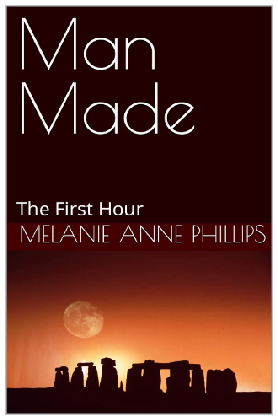|
Write Your Novel |
|
For Story Structure |
|
For Story Development |
|
|

|
|
~ Step 158 ~
Act Two Beginning Chapters
Act two is where details appear, characters and their relationships grow, the plot thickens, and the story’s message begins to emerge.
May authors have trouble figuring out "what happens in act two?" But with all the material you have developed for your characters, plot, theme, and genre, you should have no trouble. The real effort will come in trying to determine which story points to put in which chapters.
On the one hand, you don't want the middle of your story to droop. On the other hand, you don't want it to outshine act three and the climax. This is one reason you developed a major plot twist for act two in your earlier work. This shift in direction will add to the interest of the second act, even while increasing tension for the third.
The plot twist might occur in the middle of act two and change the direction of the story so that the characters need all the rest of act two to regroup or recover. Or, the plot twist could occur at the end of act two, and set things in a whole new direction as act three begins.
Character relationships might reaffirm themselves or alter their natures through conflict and companionship. The theme might grow into new realms or change the mid-
So look over the material you have already developed for the beginning of act two and then create the chapters that will embody that material. Remember to describe the story points in each scene or chapter in enough detail to draw on when you use them as your guide in writing a sequential synopsis in a later step.